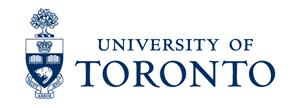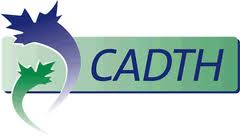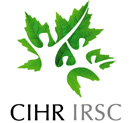Resource Allocation for the Treatment of Rare Diseases
Making reimbursement decisions for the funding of drugs for rare diseases presents a difficult challenge from the perspective of the publicly funded healthcare system. Treatments for rare diseases have been highlighted as some of the most expensive drugs in the world and due to the small populations of patients there is frequently uncertainty about the safety and efficacy data for these treatments. Currently, there is an insufficient understanding of how resource allocation decisions can be made fairly and equitably for the treatments for rare diseases.
With the objective of moving towards an improved process for making reimbursement decisions for drugs for rare diseases, we will begin by identifying the characteristics of rare diseases that vary from drugs for more common diseases in the context of making reimbursement decisions. This will aid in the establishment of a rationale for whether drugs for rare diseases should be considered differently when making resource allocation decisions.
In addition, we will work to gain an improved understanding of the implications of different decision making strategies and the criteria applied to make these decisions. This will involve identifying the approaches that are presently available for making reimbursement decisions for healthcare technologies internationally and in Canada. Finally, to highlight the heterogeneity that can result in the application of different decision making strategies, case studies of drugs for rare diseases will be applied to identify the funding outcomes which arise through the application of different decision making strategies.
The conclusions of this project will help in the establishment of an evidence based approach for the reimbursement of drugs for rare diseases and the development of a standardized decision making framework.








